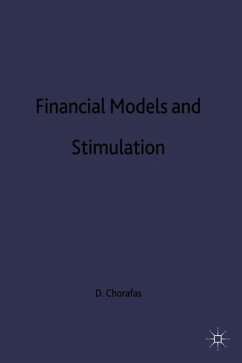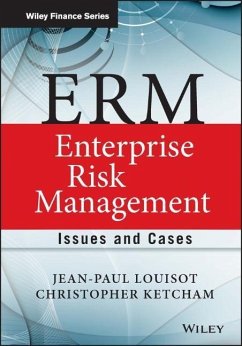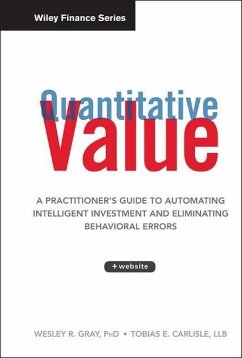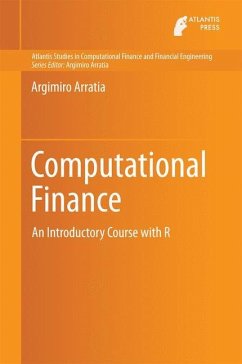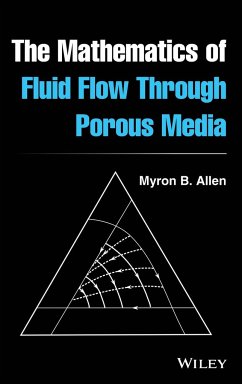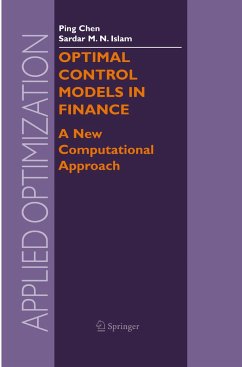Nicht lieferbar
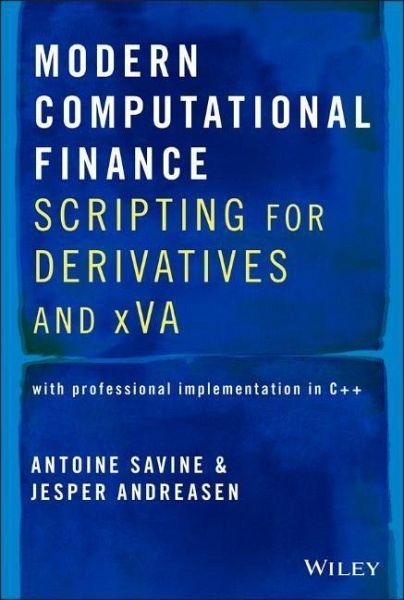
Modern Computational Finance
Scripting for Derivatives and Xva
An incisive and essential guide to building a complete system for derivative scriptingIn Volume 2 of Modern Computational Finance Scripting for Derivatives and xVA, quantitative finance experts and practitioners Drs. Antoine Savine and Jesper Andreasen deliver an indispensable and insightful roadmap to the interrogation, aggregation, and manipulation of cash-flows in a variety of ways. The book demonstrates how to facilitate portfolio-wide risk assessment and regulatory calculations (like xVA).Complete with a professional scripting library written in modern C++, this stand-alone volume walks r...
An incisive and essential guide to building a complete system for derivative scripting
In Volume 2 of Modern Computational Finance Scripting for Derivatives and xVA, quantitative finance experts and practitioners Drs. Antoine Savine and Jesper Andreasen deliver an indispensable and insightful roadmap to the interrogation, aggregation, and manipulation of cash-flows in a variety of ways. The book demonstrates how to facilitate portfolio-wide risk assessment and regulatory calculations (like xVA).
Complete with a professional scripting library written in modern C++, this stand-alone volume walks readers through the construction of a comprehensive risk and valuation tool. This essential book also offers:
_ Effective strategies for improving scripting libraries, from basic examples--like support for dates and vectors--to advanced improvements, including American Monte Carlo techniques
_ Exploration of the concepts of fuzzy logic and risk sensitivities, includingsupport for smoothing and condition domains
_ Discussion of the application of scripting to xVA, complete with a full treatment of branching
Perfect for quantitative analysts, risk professionals, system developers, derivatives traders, and financial analysts, Modern Computational Finance Scripting for Derivatives and xVA: Volume 2 is also a must-read resource for students and teachers in master's and PhD finance programs.
In Volume 2 of Modern Computational Finance Scripting for Derivatives and xVA, quantitative finance experts and practitioners Drs. Antoine Savine and Jesper Andreasen deliver an indispensable and insightful roadmap to the interrogation, aggregation, and manipulation of cash-flows in a variety of ways. The book demonstrates how to facilitate portfolio-wide risk assessment and regulatory calculations (like xVA).
Complete with a professional scripting library written in modern C++, this stand-alone volume walks readers through the construction of a comprehensive risk and valuation tool. This essential book also offers:
_ Effective strategies for improving scripting libraries, from basic examples--like support for dates and vectors--to advanced improvements, including American Monte Carlo techniques
_ Exploration of the concepts of fuzzy logic and risk sensitivities, includingsupport for smoothing and condition domains
_ Discussion of the application of scripting to xVA, complete with a full treatment of branching
Perfect for quantitative analysts, risk professionals, system developers, derivatives traders, and financial analysts, Modern Computational Finance Scripting for Derivatives and xVA: Volume 2 is also a must-read resource for students and teachers in master's and PhD finance programs.





